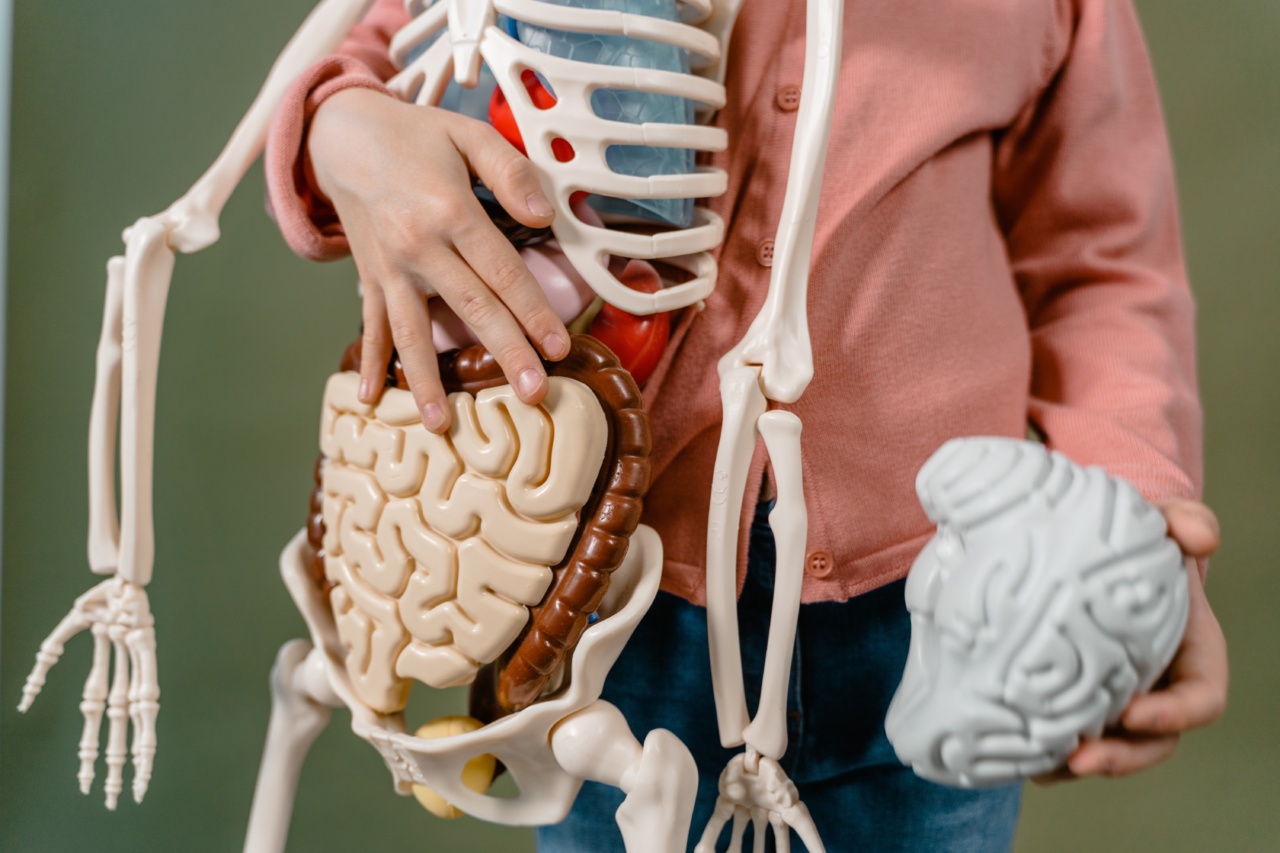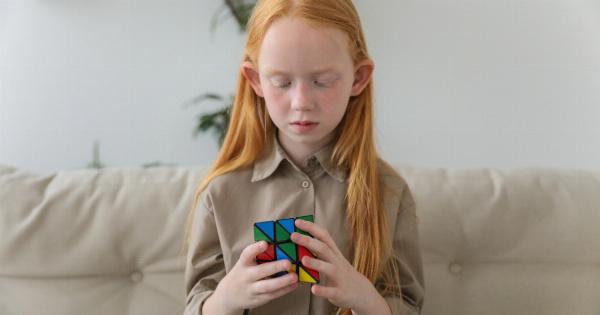The study of personality has long been a fascinating field of research. From ancient philosophers to modern psychologists, numerous theories have emerged to explain the complexities of human behavior and character.
Traditional models, such as the psychodynamic theory and the trait theory, have provided valuable insights into personality, but they lack a comprehensive understanding of the underlying biological processes. However, recent advancements in brain science have unlocked new avenues for exploring and understanding personality. This article presents a new personality paradigm based on cutting-edge research in neuroscience.
The Brain’s Role in Shaping Personality
The human brain is a complex organ that plays a central role in shaping personality. It consists of billions of interconnected neurons that generate thoughts, emotions, and behaviors.
Each person’s brain is uniquely wired, influenced by both genetics and life experiences. Understanding the relationship between the brain and personality requires investigating various factors:.
1. Neuroplasticity and Personality Development
Neuroplasticity refers to the brain’s ability to reorganize itself and form new neural connections. Research suggests that neuroplasticity plays a crucial role in personality development.
Throughout life, the brain adapts and changes in response to experiences, leading to the enhancement or alteration of certain personality traits. This finding overturns the long-held belief that personality is fixed and unchangeable.
2. Neural Networks and Personality Traits
Personality traits can be linked to specific patterns of neural activity in the brain.
For example, individuals with high extraversion tend to exhibit greater neural responses in reward-processing regions, while those with neuroticism show increased activity in the brain’s amygdala, responsible for processing fear and negative emotions. By mapping these neural networks, researchers can gain a better understanding of how different personality traits are manifested in the brain.
3. Genetic Influences on Personality
Genetics also play a significant role in shaping personality. Studies have shown that certain genetic variations can predispose individuals to specific traits.
For instance, variations in the serotonin transporter gene have been linked to differences in neuroticism, anxiety, and mood. However, it is important to note that genetic factors interact with environmental influences, indicating that personality is influenced by both nature and nurture.
4. Brain Connectivity and Social Attributes
The brain’s connectivity, or the strength of neural connections, affects an individual’s social attributes.
Research has shown that individuals with stronger connectivity between the amygdala and prefrontal cortex exhibit higher levels of empathy and emotional regulation. This finding suggests that variations in brain connectivity can account for individual differences in social behavior and interpersonal skills.
5. Brain-based Interventions for Personality Disorders
The emerging field of neuropsychotherapy uses brain-based interventions to address personality disorders.
By targeting specific brain regions or neural networks, therapists can help individuals modulate their personality traits and improve their well-being. Techniques like neurofeedback, transcranial magnetic stimulation, and cognitive training hold promise in treating conditions like borderline personality disorder, narcissism, and obsessive-compulsive disorder.
The Implications of a Brain-based Personality Paradigm
Adopting a brain-based perspective on personality has several important implications:.
1. Personalized Approaches to Therapy and Self-improvement
Understanding the neural basis of personality allows for individualized approaches to therapy and self-improvement.
By identifying specific neural patterns associated with maladaptive traits, therapists can develop targeted interventions that address the root causes of personality disorders or problematic behaviors.
2. Redefining Normal and Abnormal Personality
A brain-based paradigm challenges traditional notions of normal and abnormal personality. Instead of labeling certain traits as pathological, this new framework recognizes that variations in neural functioning contribute to diverse personality profiles.
It encourages a more compassionate and accepting approach to understanding individual differences.
3. Enhancing Social Dynamics and Team Building
Applying brain science to social dynamics can enhance team building and interpersonal relationships.
By recognizing the neural underpinnings of different traits and behaviors, organizations can align individuals with suitable roles, promote effective communication strategies, and foster collaborative environments.
4. Promoting Neuroeducation for Personal Growth
Neuroeducation, the integration of neuroscience findings into educational practices, can help individuals harness their unique brain architecture for personal growth.
By understanding how the brain learns and processes information, students can optimize their study techniques, memory retention, and cognitive abilities.
Conclusion
The integration of brain science into the study of personality represents a significant shift in our understanding of human behavior and character.
By unraveling the neural mechanisms underlying personality traits, researchers can provide new insights into how and why individuals differ. This brain-based paradigm opens up exciting possibilities in therapy, self-improvement, interpersonal relationships, and education, empowering individuals to better understand themselves and others.




























